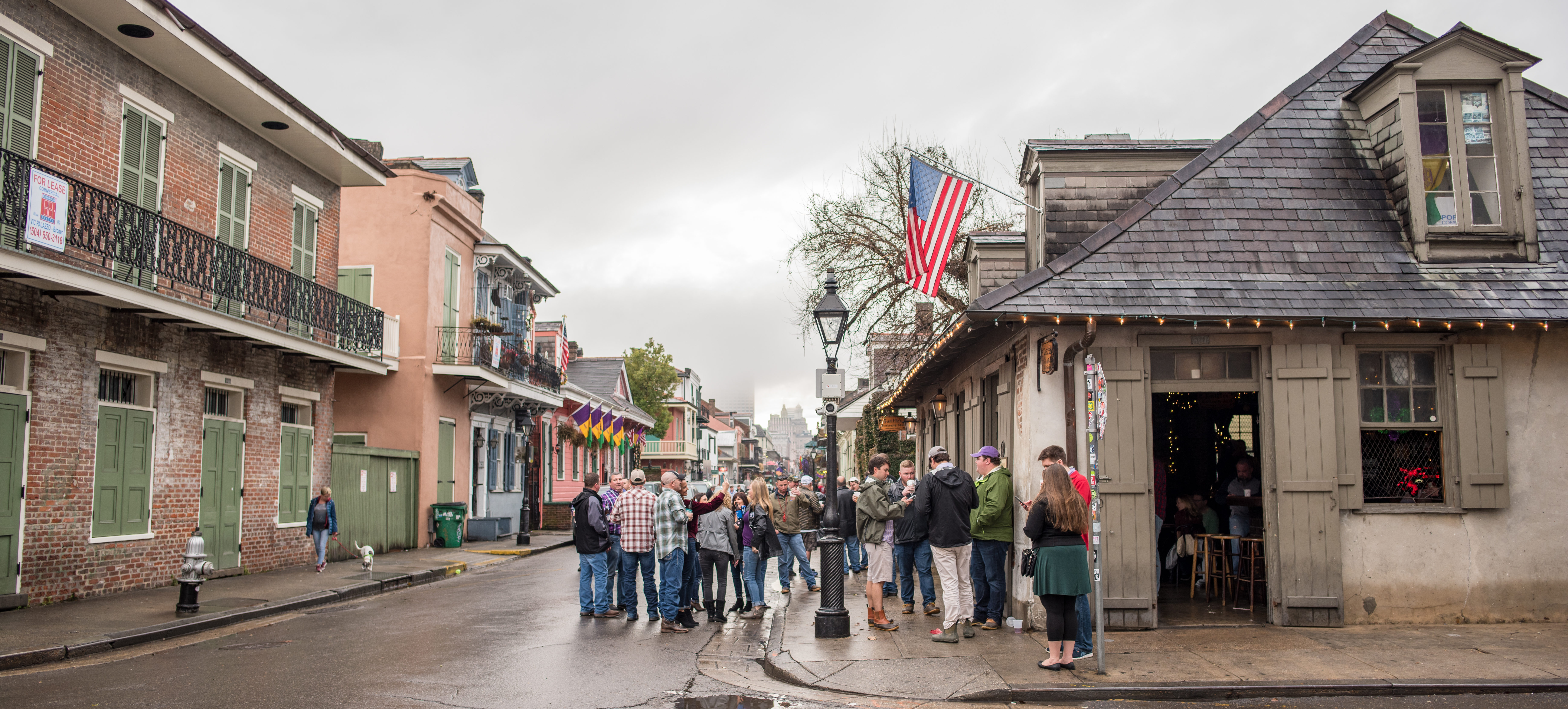
Whether it is hurricanes, fires, live shooters or picketers, most event professionals will eventually find themselves in the situation of putting into action emergency measures developed with the hope that they would never be used. At ADMEI 2019, the annual gathering of DMCs from around the world, four people who lived through worst-case scenarios in Houston, Puerto Rico, New Orleans and Las Vegas described their experiences—and the lessons learned.
Related: ADMEI to Focus on International Impact in 2019
1. Strangers Stepped Up
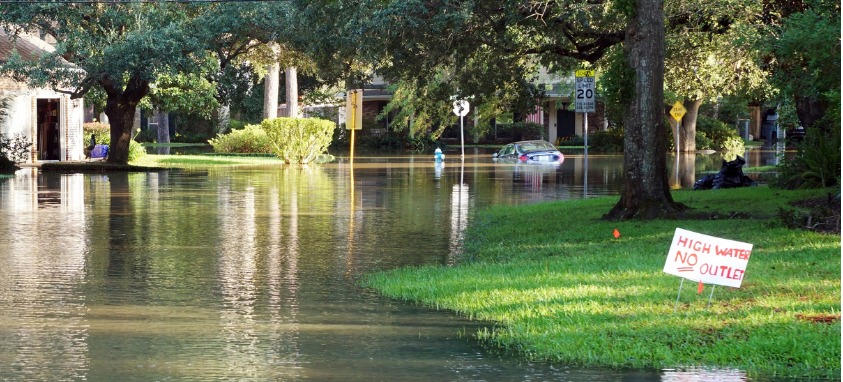
Visit Houston President and CEO Mike Waterman described the first months of 2017 as “bad ass.” A successful Super Bowl had just raised the profile of the city and groups were lining up to visit. Then Hurricane Harvey dropped two feet of rain in 24 hours and put one-third of the city under water.
The good news is that this coastal metropolis had faced hurricanes before, and so a plan was in place.
Days before landfall, Waterman got the word that George R. Brown Convention Center would be turned into an emergency center. He immediately reached out to partners to order enough food and rations for 4,000 people, to last four days. “We needed every bit of those supplies,” he said. By the time Red Cross took over two days after the storm hit, his team had served 100,000 meals to 10,500 people who were seeking shelter there at peak.
The better news is that the floodwaters and evacuees both receded quickly, and because of the tremendous outpouring of support after television news stations told the stories of strangers helping strangers, the city actually had too many rations on their hands.
On the conference front, Waterman immediately went into triage mode. He created videos showing himself in front of the high and dry downtown convention center, and explained the importance of conventions following through on their planned arrivals. He had 11 conventions due to arrive that month. “As soon as the first one agreed to go through with their conference, we knew the others couldn’t object, and we were going to get through this,” he said.
Meanwhile, Visit Houston worked with Hotel & Lodging Association of Greater Houston and Greater Houston Restaurant Association to create a Houston Hospitality Employee Relief Fund to provide supplemental support to anyone who may have incurred losses because of vacancies.
“We marketed around traveling with a purpose,” Waterman said. The campaign told the story of how the city is open and stronger than ever. “At end of day, it was a brand-builder for the city,” he said.
2. Meeting for a Good Cause Mattered
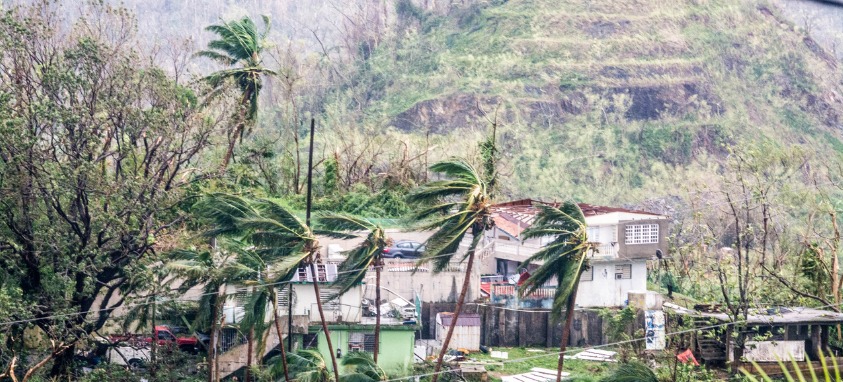
When Hurricane Maria’s 160 mph, category 5 winds hit the island of Puerto Rico that same month, wiping out electricity, most cell coverage, and access from airports and seaports, that was more difficult to recover from than Houston’s experience, according to Berk Tanal, senior account executive for Group Services Puerto Rico. “Communication was extremely difficult; we couldn’t move supplies on-island or evacuate people, because of a lack of fuel. We basically became a cash economy with no internet connection or banks open, so people had trouble buying what was available,” he said.
More: How New Orleans Recovered after a Natural Disaster
Tanal’s team had prepared by stockpiling water and fuel, setting up meeting spots in advance and relying on apps to coordinate rescue work, but the hit to the hospitality sector was painful. “The meeting industry was down 80 percent for 16 months,” he said. That made putting people back to work the first order of business once everyone was safe. “Emergency plans have to include ways to keep people employed during downtime,” he said.
As freshly renovated properties began to reopen, the newly formed CVB, Discover Puerto Rico, made getting word out that island was open and ready to receive guests better than ever. Philanthropic tourism became a marketing message, with CSR opportunities to give back to the community a popular addition to group agendas.
3. Humor Helped Overcome Negative Images
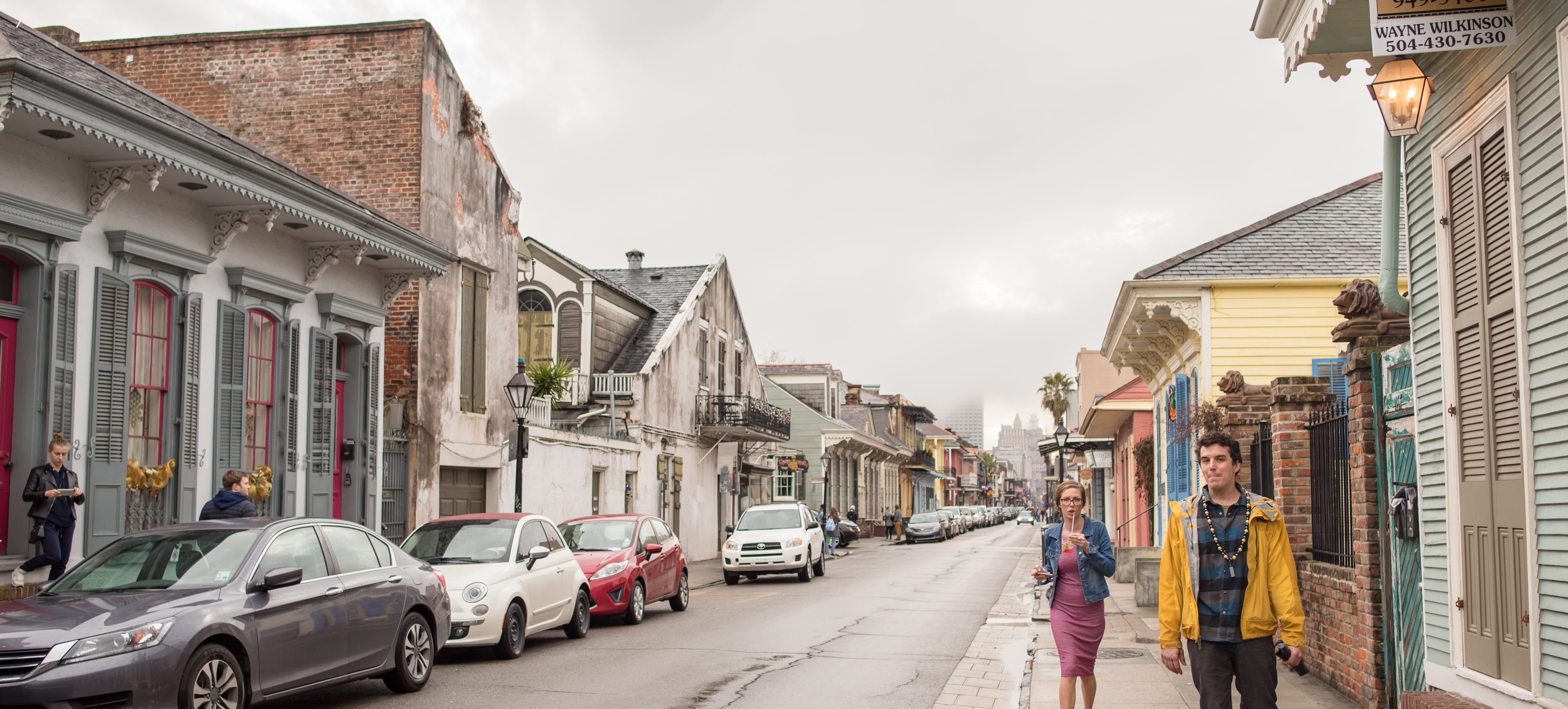
Some 13 years after Hurricane Katrina, New Orleans’ hospitality sector is still struggling with images in the media of flooding, looting and devastation. “It was a study in worst practices by the government agencies,” said Terry Epton, executive vice president and global brand ambassador for Hosts Global. Epton’s team went from 22 employees to one in week. Many were displaced and he found himself responsible for making sure they had somewhere to sleep by reaching out to DMCs in other cities.
In the aftermath of the event, the hospitality industry launched a series of marketing messages—”New Orleans is open—to just about anything,” “Soul is waterproof,” “New Orleans Forever”—to counter the negative images. New Orleans & Company took the message to influencers across the country. Others were flown in for a Seeing is Believing initiative.
The DMC now has a formal visitor-emergency evacuation plan that will allow groups to get airline seats out of town before residents who might have more options. “The CVB and travel industry have to speak with one voice and be the primary source of reliable information,” Epton said.
4. #Hospitality Strong Won Day
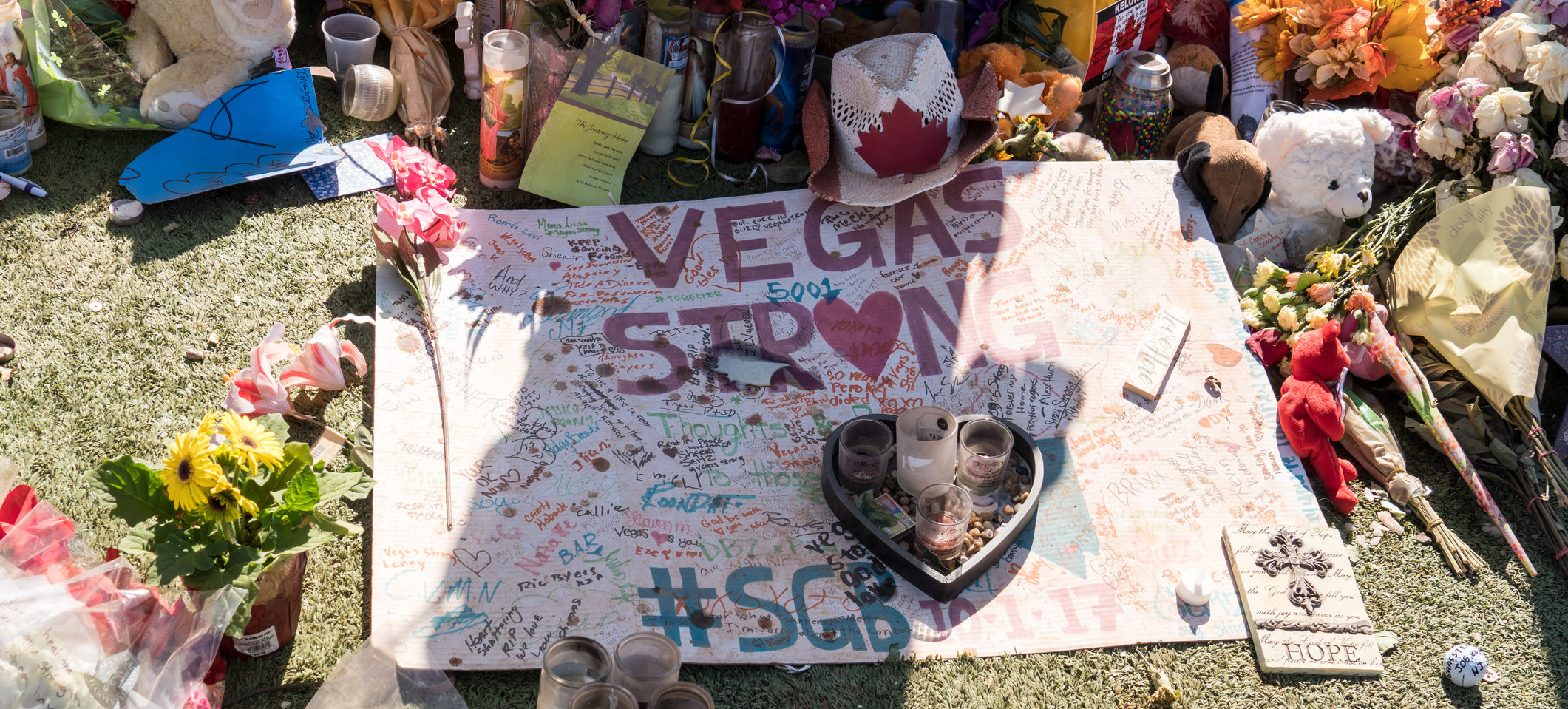
Las Vegas is known for having some of most advanced security technology in place in the world. “It is discreet, but present,” said Joshua Jones, regional president of Hosts Las Vegas. That is why it was such a shock when at 10 at night on Oct. 1, 2017, shots rang out for 10 minutes straight, killing 58 people and injuring 851. It was the largest mass shooting in U.S. history.
The DMC team turned to the emergency phone tree to find out if its co-workers and groups were safe. “We quickly realized that as much as we had done, we were woefully unprepared,” Jones said. “Everyone in town was touched by it.” The hotels hosted families for free and everyone came together at IMEX America the following week to show their #VegasStrong support with campaigns, fund-raisers and T-shirts.
Jones described how that incident changed the way planners now approach emergency preparedness. “It is a difficult conversation to have, but emergency plans are now a standard part of any event plan,” he stressed. To be effective, however, he now knows preparation requires more than sharing contact information and going over floor plans and exit routes. “You have to test and practice so it is instinctual—everyone knows the rendezvous points and where hospitals are located. We owe it to our clients,” he concluded.




